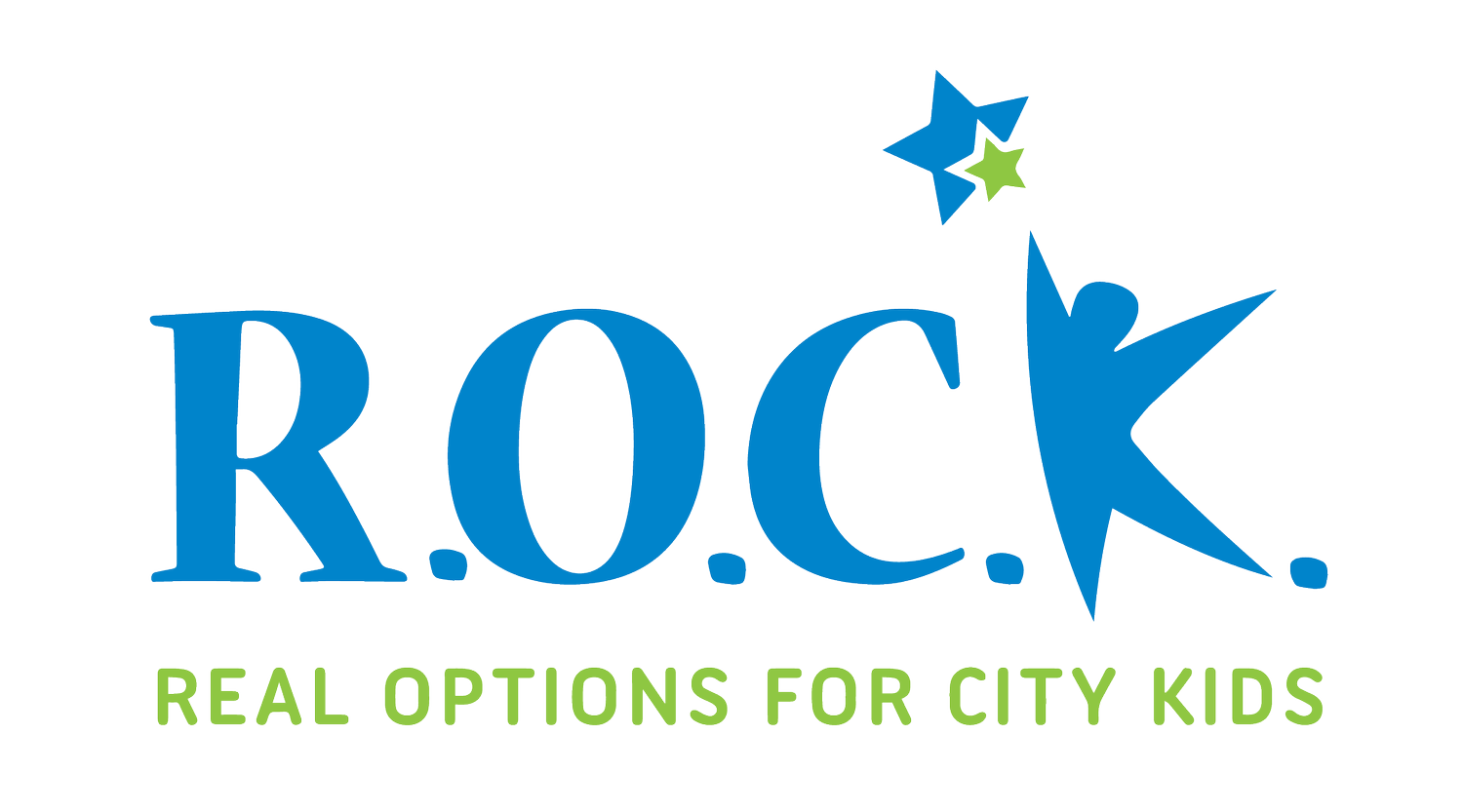
Fourth - Fifth Grade
Developmental Characteristics
Physical
May be careless about their clothes, room and body cleanliness
Girls may have sudden growth spurt and beginning signs of puberty
Enjoy physical activities that master specific skills
Enjoy competitive games
Possess a high activity level
Enjoy games that allow for comparison of skills
Enjoy games that allow for self-improvement
Social Emotional
Enjoy small, peer-dominated group discussions
Like to join organized groups
Are anxious to grow up
Are intensely loyal to their peer group
Form a close one-on-one friendship
Have a growing desire to assert individuality and independence
Can be daring and competitive
Can be critical of peers and adults
Are self-conscious of their abilities
Cognitive
Ask many questions and what thoughtful answers
Can often understand other points of view
Developing strong interests, hobbies, and collections
Enjoy daydreaming
Enjoy problem solving games and puzzles, etc.
Enjoy rule-based games
Are beginning to develop view about social/global issues
Beginning to enjoy humor by telling jokes and understanding sarcasm
What is Happy?
Students reflect on what happiness means to them individually and collectively, then collaborate to create a shared classroom vision of happiness.
How We View Others
Students explore their perceptions of others and themselves through guided reflection using game-based prompts to build empathy and self-awareness.
World Changers
Students imagine a better world by creating and presenting actionable ideas for helping others through a poster exhibition.
My People Poem
Students reflect on their identity and heritage by writing personal poems inspired by Langston Hughes’ My People.
Girls vs. Boys
Students examine and challenge gender stereotypes by analyzing outdated messages and creating modern comics that promote gender equality.
Sleeping Dragons
Students practice empathy by guiding a blindfolded peer through a “cave” of obstacles using only one direction each, learning to see from another’s perspective.
Clustergrams
Students build empathy and connection by finding shared experiences and acting them out in groups.
Art and Community Activism
Students explore the concepts of community, activism, and art through discussion and creative collaboration, discovering how art can be a tool for change.
Freeze Frame
In this interactive drama-based lesson, students act out and resolve realistic conflicts to practice problem solving, teamwork, and honoring group agreements.
Charity and Justice: What’s the difference?
Students explore the difference between charity and justice by identifying root causes of societal problems and proposing systemic solutions to address them.
Muralistas
Students work together to create a mural that illustrates community values, using art and reflection to explore what it looks like to practice—or not practice—those values.
A Tight Squeeze
Students engage in a fun, space-limited team challenge that builds problem-solving skills and cooperative communication.
A Sorting Challenge
Students explore nature and build problem-solving skills by sorting natural objects in multiple ways and using them in a creative art project.
Classical Creativity
Students will explore self-awareness and emotional expression by listening to classical music and drawing what they feel or imagine.
Life Doesn’t Frighten Me At All
Students explore the theme of fear and courage through Maya Angelou’s poem Life Doesn’t Frighten Me, then create art that reflects what they care about and what helps them face their fears.
Cat and Mouse
A playful circle game where students practice leadership and observation skills as one player (the Cat) tries to guess who is secretly leading the group’s movements (the Mouse).
Solving Problems, Part 1 (Second Step)
Students learn to identify and state problems without blame using the first step of the Second Step Problem-Solving model, setting the foundation for respectful, solution-focused conflict resolution.
Tanya Tomato
In this lesson, students practice self-confidence and relationship building by sharing their name and a personal interest using alliteration in a fun, interactive circle activity.
Building Relationships by Learning Names
Students will learn and practice their classmates' names in order to build a sense of connection, safety, and belonging in the classroom.























